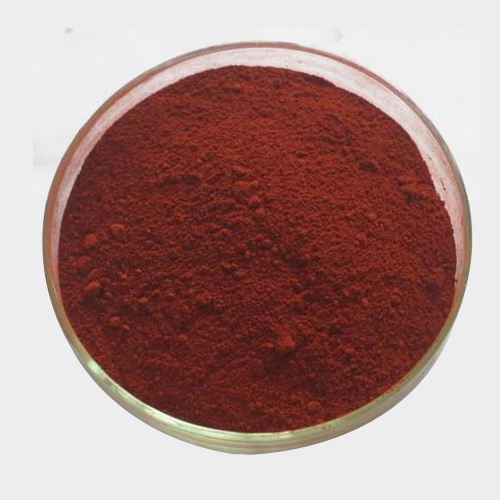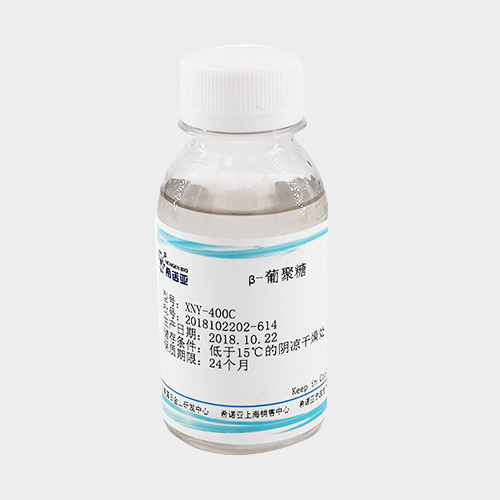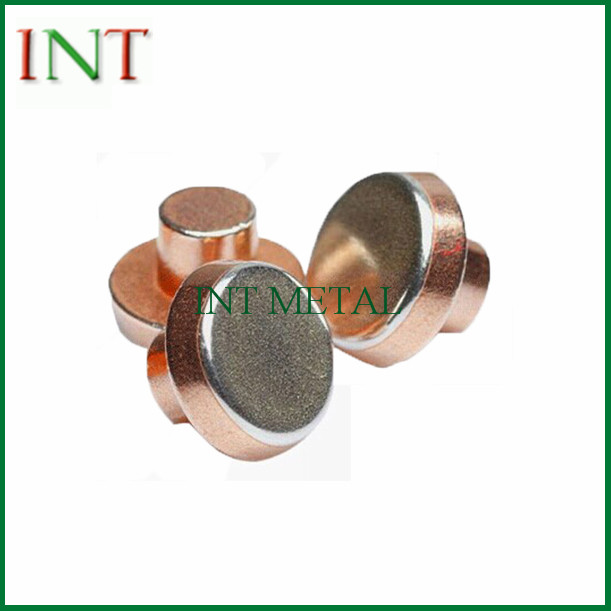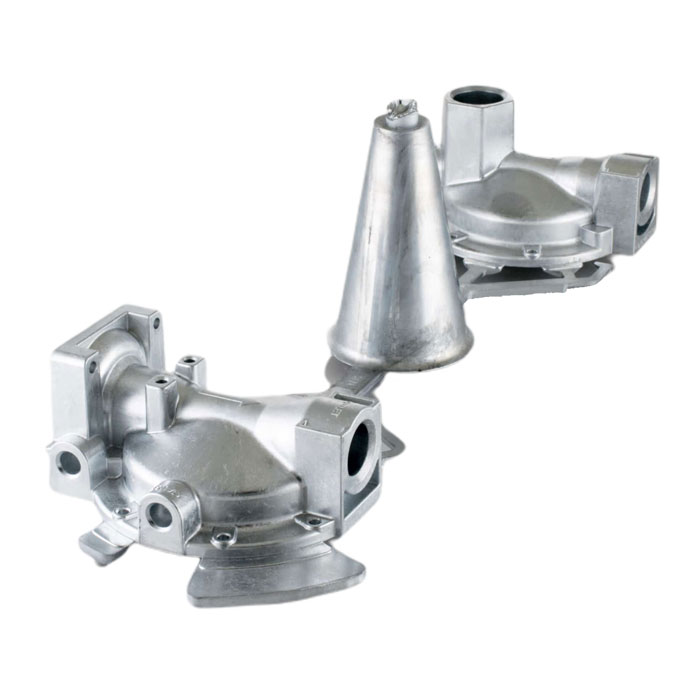Cosmetic Additive
A cosmetic additive refers to a substance or ingredient that is incorporated into cosmetics and personal care products to enhance their properties, stability, appearance, or performance. Cosmetic additives serve various functions and can be derived from natural or synthetic sources. Here are some co......
Send Inquiry
Product Description
A cosmetic additive refers to a substance or ingredient that is incorporated into cosmetics and personal care products to enhance their properties, stability, appearance, or performance. Cosmetic additives serve various functions and can be derived from natural or synthetic sources. Here are some common types of cosmetic additives and their functions:
1. Emollients: Emollients are moisturizing agents that help soften and soothe the skin. They create a protective barrier on the skin's surface, preventing moisture loss and keeping the skin hydrated. Examples of emollients include oils, butters, and fatty acids.
2. Humectants: Humectants are ingredients that attract and retain moisture, helping to hydrate the skin. They draw water from the environment or the deeper layers of the skin and bind it to the outer layers. Common humectants include glycerin, hyaluronic acid, and sorbitol.
3. Surfactants: Surfactants are compounds that enable the mixing of oil and water. They help cleanse the skin and hair by removing dirt, oil, and impurities. Surfactants create foam and lather in cleansers, shampoos, and body washes. Examples of surfactants include sodium lauryl sulfate (SLS) and cocamidopropyl betaine.
4. Preservatives: Preservatives are added to cosmetics to prevent the growth of microorganisms and prolong the shelf life of the products. They help maintain product safety and integrity. Common preservatives used in cosmetics include parabens, phenoxyethanol, and benzyl alcohol.
5. Antioxidants: Antioxidants are ingredients that help protect the skin from damage caused by free radicals, which are unstable molecules that can contribute to premature aging and skin damage. Antioxidants neutralize free radicals and help maintain the skin's health and youthful appearance. Examples of antioxidants used in cosmetics include vitamin C, vitamin E, and green tea extract.
6. Fragrances: Fragrances are additives that impart pleasant scents to cosmetics and personal care products. They enhance the sensory experience and contribute to the overall appeal of the products. Fragrances can be derived from natural sources, such as essential oils, or created synthetically.
7. Colorants: Colorants are used to add color to cosmetics, including makeup, nail polish, and hair dyes. They can be natural or synthetic and come in various forms, including pigments and dyes. Colorants are used to enhance the aesthetic appeal of the products and provide a range of shades and hues.
8. Thickeners and Stabilizers: Thickeners and stabilizers are additives that help give consistency, texture, and stability to cosmetic formulations. They help create desirable product textures and prevent separation or breakdown of ingredients. Common thickeners include carbomers and gums, while stabilizers include ingredients like silicones and polymers.
It's important to note that cosmetic additives should be used in accordance with regulations and guidelines set by regulatory bodies, such as the U.S. Food and Drug Administration (FDA) or the European Union's Cosmetic Regulation. It's advisable to read product labels, follow usage instructions, and consider individual sensitivities or allergies when selecting and using cosmetics and personal care products.










